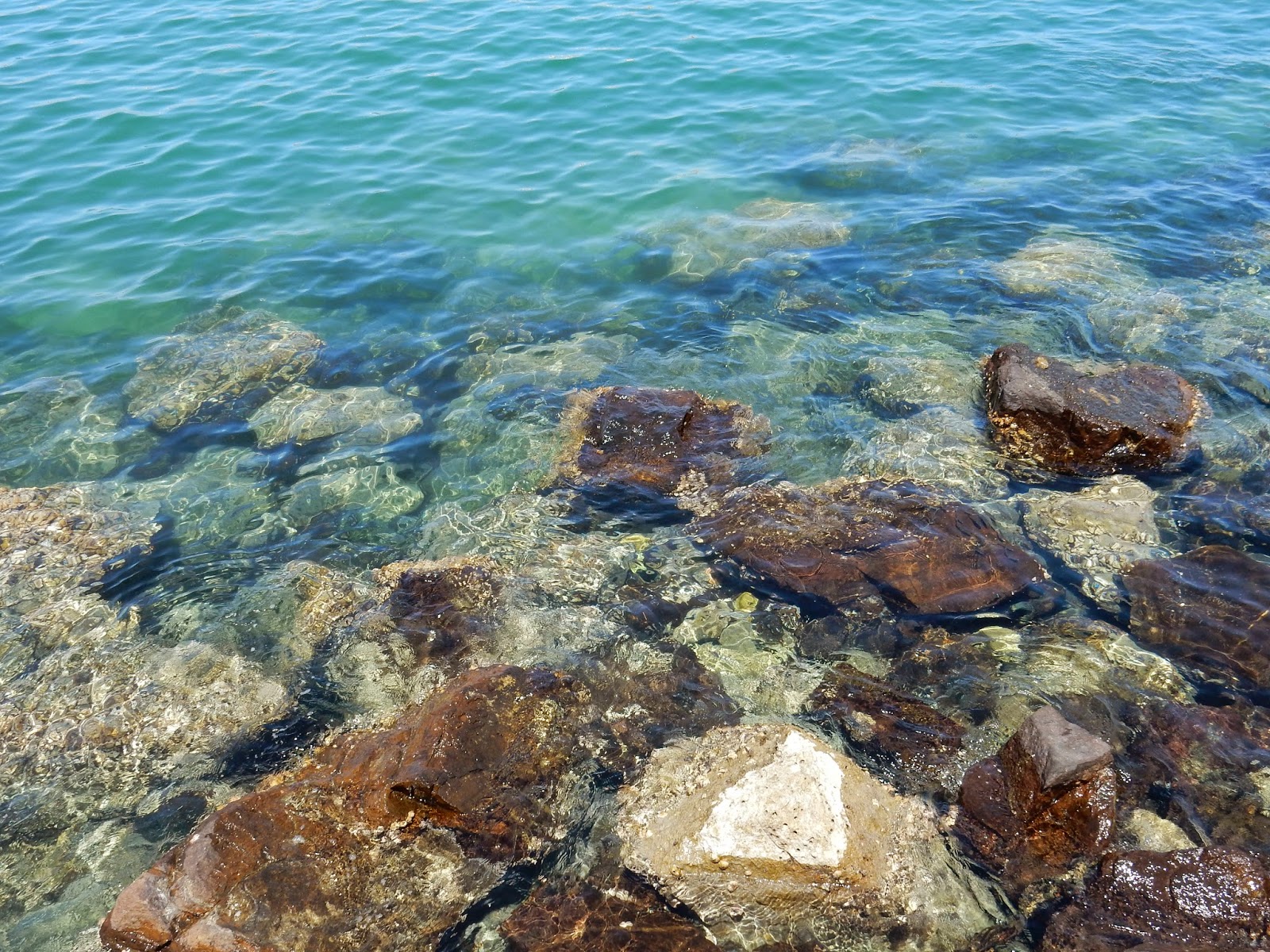No, I didn't convert while visiting the Arabian Peninsula. However, I was convinced to purchase the traditional
Omani garb as part of negotiations for some souvenirs yesterday.
Oman's Sultan Qaboos requires men in all government positions to wear this "uniform" with a few notable exceptions (e.g., police officers, the military, medical personnel).
Here's a photo of my new ...
Dishdasha: The dishdasha is traditionally a white, full-length garment but can be made in other colors, too, mostly earth tones. It has a long slit opening in the center of the chest, a long tassel hanging down from the neckline (off to the side), long loose sleeves, a very specific cut and specific pattern of embroidery around the wrists, neckline, across the back at the shoulder blades and around the slit opening.
Kuma: The kuma originates in Zanzibar and is believed to be a direct result of Oman’s historical ties to Zanzibar. It is a hand-embroidered cap (buttonhole stitch) made to fit its owner (not free size). What is special about this cap is that it has holes throughout the embroidery work which helps to keep the head cool.
 |
Fashion hit or faux pas?
|
Maybe I'll start a fashion trend when I return to the states. If not, I can always join a choir since I have the robe. :-)


















































